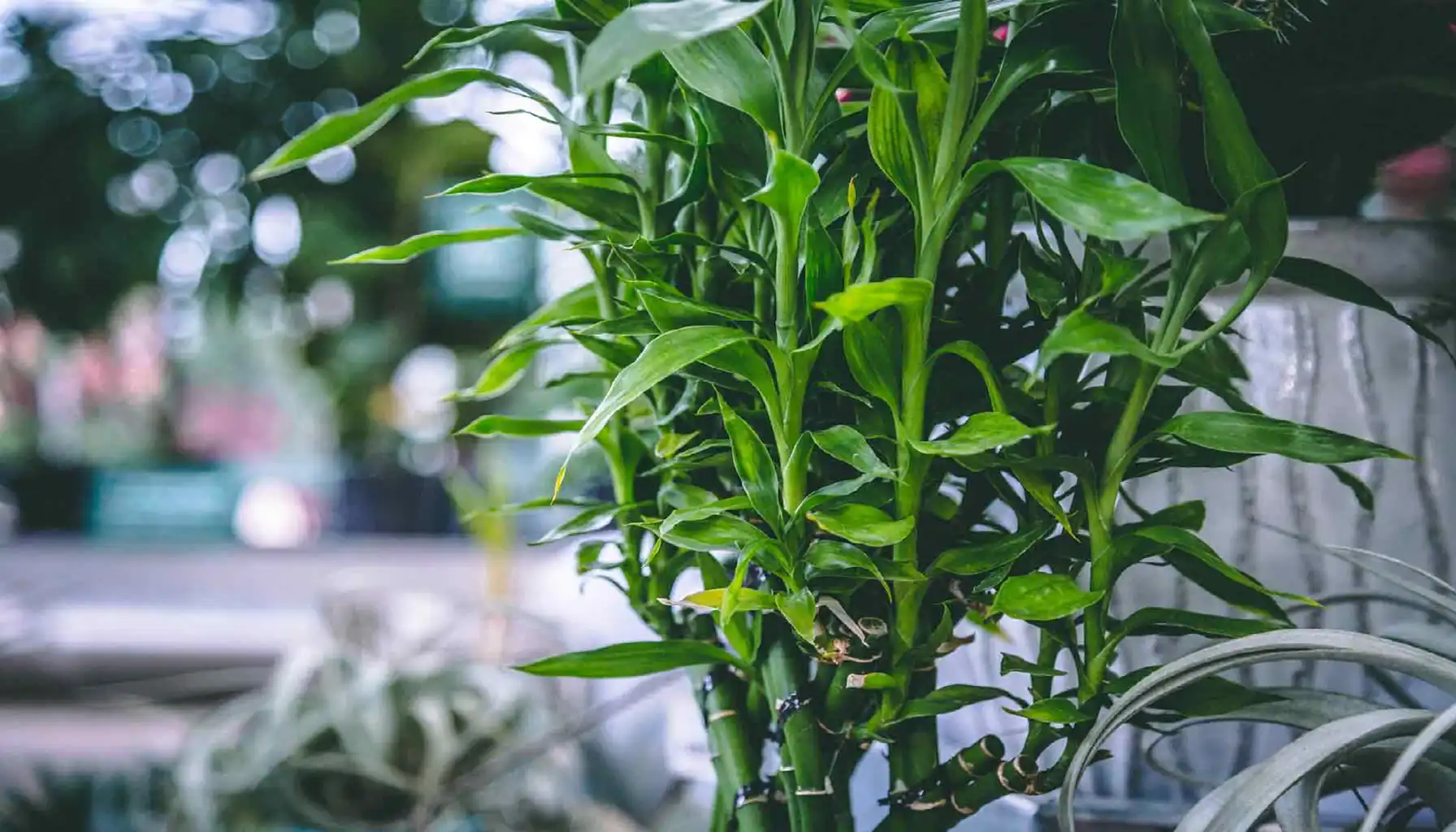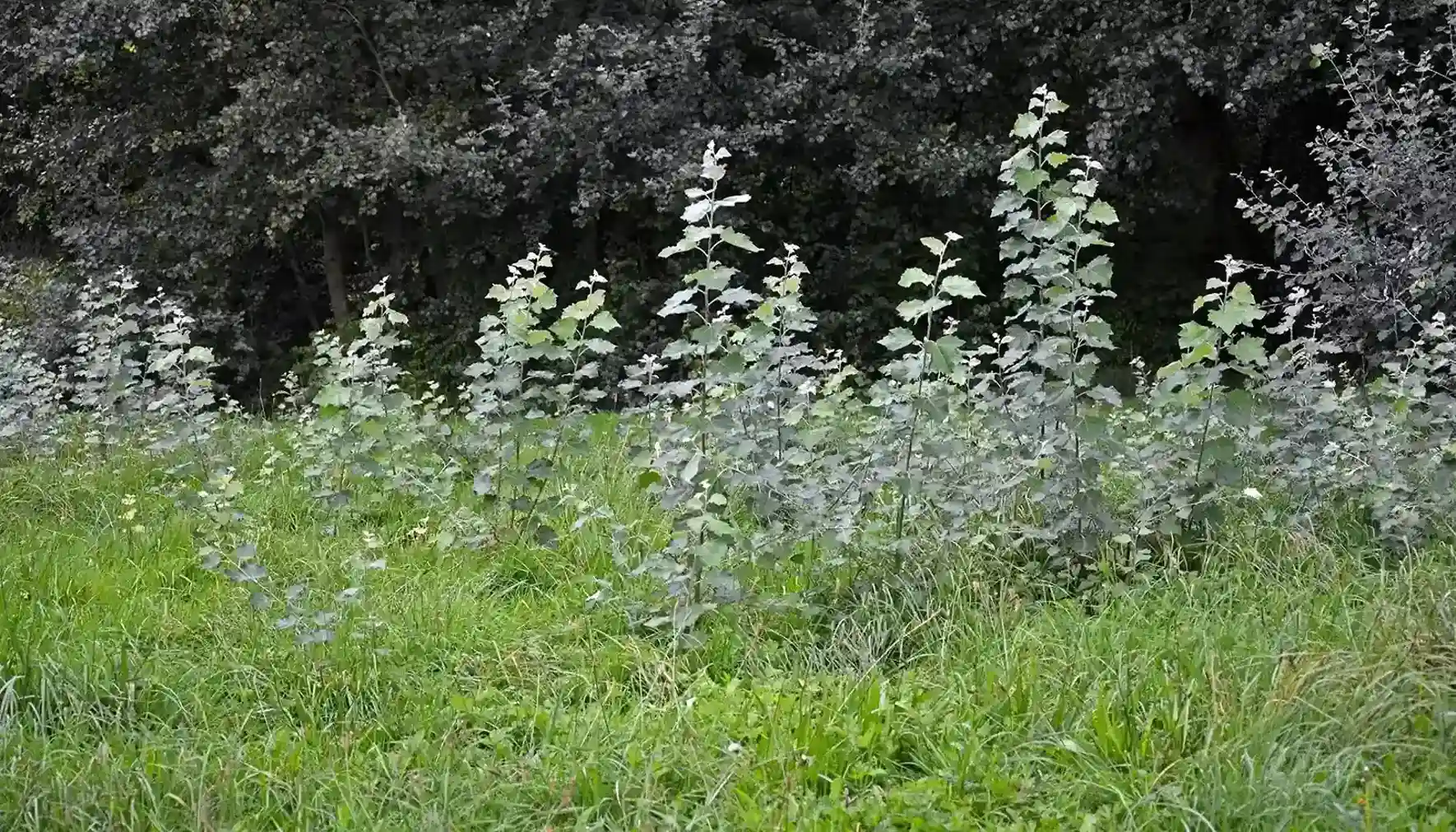For most plant lovers, the garden is the greatest escape from everyday routine, and plants are the products of their true love and patient care. Any type of plant issue, from root rot to red mites’ infestation, may be taken to heart, but fear not. The latter is a common problem that may be addressed when equipped with relevant information and consistency, too.
Today, let us focus on red mites, a foe in disguise, and learn more about their nature. What is a red spider? When to get rid of them harmlessly yet efficiently and how to create a garden of your dreams without any plant disease?

What Are Little Red Spiders?
There exist different types of red spiders that may be accidentally confused with some of them being non-harmful for your garden at all. Nevertheless, the most frequent inhabitant of a garden that is to pose threats to the plants is a red spider mite. So, what are tiny red mites?
In essence, red spider mites, scientifically known as Tetranychus urticae, are 1-millimeter pests that negatively affect various plant forms by feeding on them. Although their name suggests that they should be red, the reality is a bit different. Active in hot dry periods, these mites usually appear as yellowish-green creatures with two black spots on the back. During less active periods, though, red mites finally turn red.
Symptoms of Infestation
However small red spider mites may be, large populations are able to rapidly invade plants and lead to real health issues. Detecting an infestation on time is crucial for preventing severe consequences, though it might take some time and effort to do it properly. So, what are the major signs of this particular pest infestation?
Tiny pale spots on the leaves due to spider mites sucking out the sap.
Overall leaf discoloration due to reduced photosynthetic activity, i.e., leaves turn yellow, bronze, or reddish.
Webbing all over the leaves, stems, and in between which occurs as a protection mechanism for these pests.
Leaf curling and deformation due to feeding damage, often making the plant more vulnerable than ever.
Defoliation that may also affect photosynthetic activity and lead to the death of a plant.
The obvious presence of mites when united into gigantic colonies, that can hardly be identified without a magnifier.
Red Spider Mites vs. Clover Mites
When inspecting their garden, one may wonder “What are those little red spiders?”. Before one chooses an appropriate treatment plan, it is crucial to accurately identify the specific pest affecting the plant. One of the most popular red spider mite’s doppelgängers is a clover mite.
Clover mites, unlike red spider ones, are truly red no matter what stage of development you are lucky to witness. While being almost similar to the heroes of this article, clover mites are considered nuisance pests, which means they do not cause serious damage to the plant but minor irritations only. Hence, getting rid of this particular pest might not be necessary when they appear in small groups in the garden.
Pro Tip: For more relevant pest identification, we recommend that you use external tools that may assist you in considering some specific details usually missed by visual assessment. One of the platforms that provides accurate pest identification is AI Plant Finder with their Disease ID feature that quickly detects what is wrong with the plant by photos and offers the most appropriate treatment plan in an instant.
How to Get Rid of Red Spider Mites?
As soon as one manages to answer the burning question of “What are small red spiders there?” and successfully identifies red spider mites, it is time to proceed with proper pest control plans. As AI Plant Finder suggests, there are several possible options that may help you address this plant health problem.
Cultural Practices
Since red spider mites prefer dry conditions, the easiest way to ward off pests is to increase humidity levels around plants. Besides, it may be beneficial to provide a plant with sufficient water volumes for it to become stronger and reduce plant stress as well.
Chemical Control
This method may be considered the most popular yet drastic option that involves the use of specific pesticides, insecticidal soaps, and oils. This may have damaging outcomes, so make sure you are aware of possible complications. The AI Plant Finder team advises you to use these substances in accordance with the instructions provided on the product labels ONLY. Otherwise, you may make the situation even worse.
Biological Control
In contrast to the previously mentioned approach, this method is considered more environmentally friendly, for it incorporates the natural forces only. Introduce natural predators, e.g., Phytoseiulus persimilis, or beneficial insects, e.g., lacewings and ladybugs, that are to feed on red spider mites and control the pest population further.
Physical Removal
The most straightforward step in pest treatment is the physical removal of red spider mites. In order to get rid of them efficiently, use a strong jet of water to wash off the pests and remove severely infested leaves and branches to halt the spreading process.
By the way, AI Plant Finder is a great tool for those who do not know where to start their planting journey and how to take care of their garden properly. Want to know more about pests? Wish to get reminders when it is time to prune, mulch, or water your leafy friends? Or need a 24/7 assistant that is to answer all of your questions quickly? Install AI Plant Finder and try it now for free.
While red spider mites’ infestation is a great problem that no one is immune from, there exist numerous ways out that should facilitate the health of a plant and never harm it in turn. So, make sure you understand the specifics of your plants, know their needs, and recognize your major foes, and AI Plant Finder will help you all along the way.
AI Plant Finder Related Posts:







